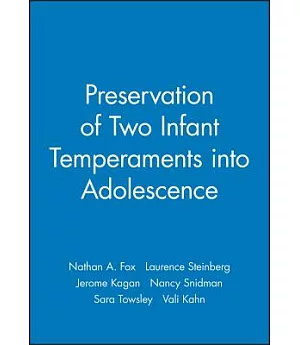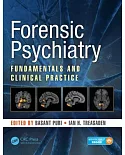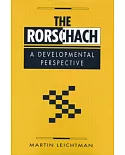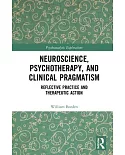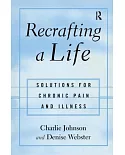Temperament has been a central element of the on-going effort
to describe the distinctiveness of persons at every stage of
development. Many researchers have examined the relations of
temperament to emotions, behavior, and adjustment generally.
Fewer studies have focused primarily on the nature and structure
of temperament, however, and even fewer have examined
the developmental course of temperament. This Monograph
reports a significant exception. The authors undertook theoretically
relevant behavioral, biological, and self-report assessments
of a sample of 14-to-17 year olds who had been classified into
one of four temperamental groups at 4 months of age. Infant
temperamental categories were based on observed behavior
to a battery of unfamiliar stimuli. The infants classified as high
reactive (20 percent of the sample) displayed vigorous motor
activity and frequent crying. Those classified as low reactive (40
percent) displayed minimal motor activity and crying. About 25
percent of the infants, called distressed, showed minimal motor
activity but cried frequently, and 10 percent, characterized
by vigorous motoricity but little crying, were called aroused.
Previous evaluations of these children at 14 and 21 months,
and 4, 7, and 11 years had revealed that those children initially
classified as high reactive were most likely to be avoidant of
unfamiliar events at the early ages and emotionally subdued,
cautious, and wary of new situations at the later ages. By
contrast, initially low-reactive children had been the least
avoidant of unfamiliarity in the second year and most emotionally
spontaneous and sociable at the later ages. At age 11
years, assessments also had revealed that initially high-reactive
children were more likely than the low-reactive participants to
display right hemisphere activation in the EEG, a larger evoked
potential from the inferior colliculus, larger event related
waveforms to discrepant scenes, and greater sympathetic tone
in the cardiovascular system. In the follow-up of these individuals
reported here, adolescents (14-17 years of age) who had
been classified as high reactive in infancy were more likely than
initially low reactive participants to display sympathetic tone
in the cardiovascular system, to combine a fast latency with a
large magnitude of the evoked potential from the inferior colliculus,
and to show shallower habituation of the event-related
potential to discrepant visual events. Moreover, compared to
their low-reactive agemates, initially high reactive adolescents
more often reported being subdued in unfamiliar situations,
experiencing a dour mood and anxiety over the future, and being
religious. An important finding is that behavior and biology were
more clearly dissociated in adolescence than at earlier ages.
However, infant temperamental category at 4 months remained
a powerful predictor of behavior in adolescence, suggesting that
the features that characterize the two temperamental biases by
initially high- and low-reactive are not completely malleable to
the profound effects of brain growth and experience.

